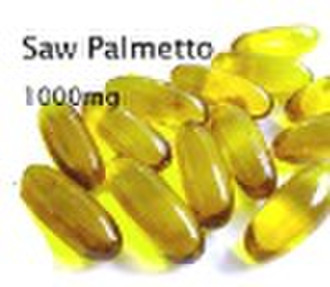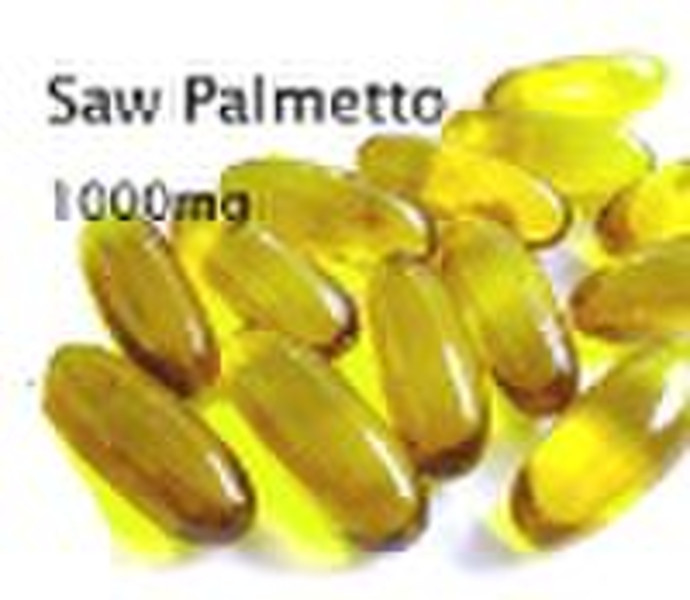Catalog
-
Catalog
- Agriculture
- Apparel
- Automobiles & Motorcycles
- Beauty & Personal Care
- Business Services
- Chemicals
- Construction & Real Estate
- Consumer Electronics
- Electrical Equipment & Supplies
- Electronic Components & Supplies
- Energy
- Environment
- Excess Inventory
- Fashion Accessories
- Food & Beverage
- Furniture
- Gifts & Crafts
- Hardware
- Health & Medical
- Home & Garden
- Home Appliances
- Lights & Lighting
- Luggage, Bags & Cases
- Machinery, Hardware & Tools
- Measurement & Analysis Instruments
- Mechanical Parts & Fabrication Services
- Minerals & Metallurgy
- Office & School Supplies
- Packaging & Printing
- Rubber & Plastics
- Security & Protection
- Service Equipment
- Shoes & Accessories
- Sports & Entertainment
- Telecommunications
- Textiles & Leather Products
- Timepieces, Jewelry, Eyewear
- Tools
- Toys & Hobbies
- Transportation
Filters
Search
Complex Saw Palmetto Oil Softgel&Men's Hea

Dawei Chen
Contact person
Basic Information
| Place of Origin | China (Mainland) |
|---|---|
| Brand Name | QYK |
| Model Number | 1000mg |
| Dosage Form | Capsules |
Saw palmetto Saw palmetto was a frequent ingredient in the conservative remedies during the first half of the 20th century and was generally used as moderate diuretic and also as remedies for chronic cystitis. Saw palmetto herb was also believed to be an effective therapy for enlarged prostates. Since saw palmetto is believed to posses a very active substance called volatile oil, medical practitioners raised questions about it’s efficiency and in 1950, it was removed from The National Formulary’s official list of medicines. Having de-listed saw palmetto from the official list of medicines, in the 1960s researchers discovered that dried berries of saw palmetto contained high levels of liberated as well as hurdled sistosterols. They segregated many ingredients from plants and beta-sistosterols that brought to the fore estrogenic commotions when they were injected into young feminine rodents. While the action was learnt to be relatively excessive when evaluated with the other similar estrogen extracts separated from plants, it was somewhat less in relation to the female sex hormones. For example, normally saw palmetto extract was found to be as much as 1/10,000 times effective as estradiol, but unadulterated beta-sitosterol was even 1/10 times less powerful. Although saw palmetto has been dropped from the official medicine list, even to this day medications prepared with saw palmetto are still in use in many parts of Europe. While many still consider it to be an effective remedy for treating symptoms of benign prostatic hyperplasia or BPH (nonmalignant enlargement of the prostate gland), the health authorities in Germany have already endorsed the use of saw palmetto preparations in such cases. However, they maintained that remedial substances containing saw palmetto should also have lipophilic (fat-soluble) ingredients. This was done so that people could gain virtually no advantage from tea prepared with aromatic plants as they would have a healing dose of water-soluble energetic doctrines. On the other hand, the Food and Drug Administration (FDA) in the USA has prohibited sales of all medicines for healing benign prostatic hyperplasia (BPH) without valid prescriptions from registered medical practitioners. This has been made mandatory because the FDA is yet to find any proof that preparations made from saw palmetto are capable of curing the disease. In spite of such regulations, substances made from saw palmetto are extensively sold as foodstuff add-ons. After several year of discredit, saw palmetto surfaced again in 1998 when there were promotional campaigns endorsing that saw palmetto was an effective shot in the arm in re-growing hair in males. The primary reason behind this was because saw palmetto was found to be as effective as finasteride (Propecia) for healing benign prostatic hyperplasia (BPH) as well as hair deficit. Surprisingly, still there was no proof to substantiate that saw palmetto was effectual in averting hair deficit or aiding in growth of new hair. However, in France, Germany and Italy urologists recommend the use of saw palmetto to cure benign prostatic hyperplasia (BPH) although it is not right if the treatment is not monitored or is done by the patients themselves. In case anyone wants to use saw palmetto preparations as an add-on to their diets, they essentially need to consult their doctors before doing this. Talking about the ingredients of saw palmetto berries, they essentially contain fatty acids and different plant sterol amalgams known as phytosterols or sitosterols. These are basically beta-sitosterol and or other compounds associated with these. Interestingly, most of these constituents seem to adjust the substances from receiving estrogens as well as obstruct the transformation of testosterone to dihydrotestosterone (DHT), which is considered to be a more vigorous compound. Although there is no explanation available, berries also contain flavonoids as well as polysaccharides. In any normal situation, typical saw palmetto product contains 85% to 95% of sterols and fatty acids.
Delivery terms and packaging
Packaging Detail: bulk package, inner double layer plastic bag, outer carton boxbottle packingblister packing Delivery Detail: 20-25 days
Port: Shanghai
Payment term
Letter of credit
Telegraphic transfer
Western Union
-
Payment Methods
We accept:









